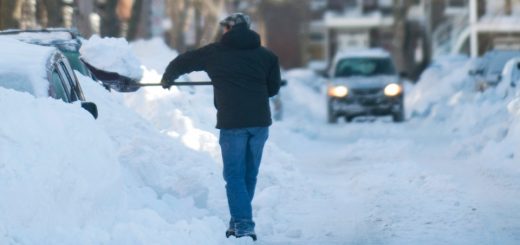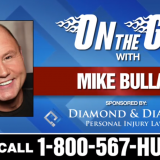Did you know that the extreme sports facilities that you and your children enjoy are not required to report injuries to the government or the public? That is correct. Two news stories a few years ago highlighted the fact that extreme sports facilities did not have special rules or regulations. These facilities are not subject to the same safety standards and inspections as other amusement devices that are regulated by the Technical Standards and Safety Authority (TSSA).
Sadly, there could be many severe injuries at extreme sports facilities each year that the public is unaware of because of the lack of reporting requirements and government regulation.
Tragic Injuries at Extreme Sports Facilities
At the age of 13 years, Ian McAdam was injured at Blue Mountain Ski Resort. The injuries he sustained while mountain biking resulted in quadriplegia. McAdam sued the ski resort for injuries he sustained when he flew over the handlebars of his mountain bike when the bike bucked on a dirt jump. According to the news story, the resort settled a lawsuit filed by McAdam; however, the resort has not disclosed the number or types of injuries. A representative for the resort stated that it does track injuries and uses that information to increase safety and evaluate programs.
In another article about the lack of government regulation of extreme sports facilities, a psychology professor at Toronto’s Ryerson University discussed why these facilities could pose a significant danger to young people. Dr. Julia Spaniol explained that the brain function that helps adults weigh the rewards and risks of a certain behaviour is not fully mature in young adults. However, the desire to seek “rewards” is highly developed. This combination can lead adolescents to take dangerous risks and ignore signs of danger that an adult may recognize.
Parents who want to allow their children to explore their adventurous desires should take steps to protect their children. Even adults need to be cautious when using extreme sports facilities to reduce the risk of an injury because of unsafe or dangerous conditions.
Safety Tips for Extreme Sports Facilities
Some steps you can take to protect yourself and your children from dangerous and unsafe conditions at these facilities include:
- Always wear the appropriate safety gear for the sport. Do not assume the facility has safety equipment that meets all government and industry standards. Take your own safety equipment (e. helmets, goggles, gloves, padding, etc.), so you know you are using quality equipment.
- Follow all instructions and safety guidelines provided by the facility. If your child does not meet the requirements (e. age, height, or weight), do not allow your child to participate.
- Never try to perform tricks or stunts you see on television. The people who perform these maneuvers are professional athletes.
- Ask the facility about emergency medical procedures in the event of an accident. Does the facility have staff trained in life-saving procedures or medical equipment on site to assist until emergency medical services can arrive?
- When possible, participate in the extreme sport with your child to supervise your child and to watch for dangerous or unsafe conditions.
- Always carefully check equipment provided by the facility. Look for worn equipment, loose fittings, etc.
- If you or your child has not had a physical examination recently, see your doctor to determine if you are physically fit to participate in the extreme sport.
Call an Ontario Personal Injury Lawyer for Help
If you or your child is injured while participating in an extreme sport, contact our office immediately. Even though you may have signed a waiver and assumed the risk of injury, you might be entitled to compensation if the facility or another party was negligent, reckless, or careless.
Contact Diamond and Diamond by calling 1-800-567-HURT24/7 or visit our website to speak to someone now. We offer free consultations and case evaluations.







